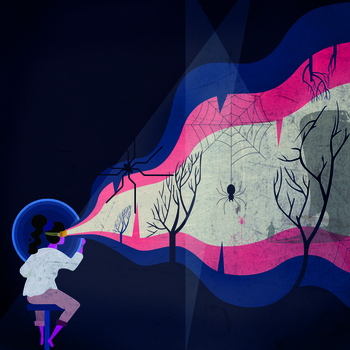This decommissioned ERA site remains active temporarily to support our final migration steps to https://ualberta.scholaris.ca, ERA's new home. All new collections and items, including Spring 2025 theses, are at that site. For assistance, please contact erahelp@ualberta.ca.
- 623 views
- 573 downloads
Augmented Phobia
-
- Author(s) / Creator(s)
-
Most people who suffer phobias (around 60–80%) never seek treatment and of those who do seek treatment, approximately 25% either refuse exposure therapy when they hear what it entails or drops out of therapy. One of the reasons for this refusal data could be that the main feature of exposure is confronting the feared stimuli, which some people may find too frightening. New efforts are needed to increase the number of phobia sufferers who benefit from exposure therapy. Augmented reality systems give users a feeling of presence and reality judgment that can be exploited to treat some psychological disorders.
My master's research focuses on understanding the human interaction with the technology and to determine if augmented reality can help people to overcome their phobias. To answer this, a series of testing would involve where the stimuli would render from basic shapes and forms to more real objects to a stage where the patient would be able to hold and interact with the stimuli. This would help people to expose themselves to their fears as well as act as a self-therapy. // Program of Study: Master's // Faculty/Department: Faculty of Arts, Department of Art & Design // Place of Creation: University of Alberta // Award: First Prize, Images of Research Competition 2018 -
- Date created
- 2018-01-01
-
- Subjects / Keywords
-
- Type of Item
- Image
-
- License
- Attribution 4.0 International
